As the calendar marks Aug. 5, we solemnly observe “Youm-e Istehsal-e-Kashmir” (the Day of Exploitation of Kashmir), the day when the Indian government, breaching fundamental international legal norms and rules, illegally and unilaterally revoked articles 370 and 35-A of the Indian Constitution. These articles conferred autonomous status upon Kashmir, along with special rights and privileges for the Kashmiris. Though these Indian constitutional guarantees are in no way a substitute for the United Nations-sponsored plebiscite, their revocation was a step toward the Indian colonization drive of Jammu and Kashmir and steps to alter the ground realities in gross violation of the U.N. Security Council resolutions. A ploy that India has learnt from Israel’s actions in the occupied Palestinian territories. These Indian actions are aimed at further enhancing their ongoing repression and systemic marginalization of the Kashmiri people. The observance of Aug. 5 serves as a stark reminder of the enduring struggle for self-determination and justice, and calls upon the international community to fulfill the promise made to the Kashmiri people by the U.N. Security Council (UNSC), i.e, the right to self-determination.
Indian occupation of Kashmir
The genesis of the Kashmir issue dates back to the partition of British India in 1947, which was based on the principle that regions with Muslim majorities would be part of Pakistan, while those with Hindu majorities would join India. Kashmir, predominantly Muslim but ruled by a Hindu monarch, was denied the right of self-determination, as Indian military forces invaded and occupied the territory in October 1947, blatantly violating the terms of the partition agreement and ignoring the wishes of the Kashmiri people.
Grasping the pulse of the Kashmiri resolve to resist against the Indian occupation, India took the matter to the UNSC, which, after thorough deliberations, passed resolutions calling for a peaceful solution by organizing a free and impartial, U.N. supervised plebiscite in the Jammu and Kashmir region, so that the people would be able to decide their future themselves. However, knowing that the will of the people was against occupation, India retracted its commitments given to the Kashmiris and the international community. Since then, India has been employing all possible tactics, one after the other, to prolong its illegal occupation of Jammu and Kashmir.
More than seven decades later, the unlawful actions of Indian authorities to solidify their control over Indian Illegally Occupied Jammu and Kashmir (IIOJK) and the persistent suppression of the region’s inhabitants continue unabated. The Indian actions of Aug. 5, 2019, are aimed at altering the demographic and political landscape of the territory, seeking to diminish the Kashmiri identity and suppress their aspirations for self-determination.
Developments since Aug. 5, 2019
An intensified campaign to “Indianize” Kashmir and transform its people into a disempowered community has been in full swing since Aug. 5, 2019. To crush dissent, the Indian authorities have created an environment of fear and intimidation in IIOJK. Draconian laws such as the Public Safety Act (PSA), the Armed Forces Special Powers Act (AFSPA) and the Unlawful Activities (Prevention) Act (UAPA) offer impunity to the Indian forces to arrest or kill any person and destroy any property. The Indian authorities have outlawed 16 political parties under the UAPA, a counterterrorism law. The office of the All Parties Hurriyat Conference in Srinagar has also been seized. Eid prayers at Srinagar’s historic Jamia Masjid have not been allowed for the last seven consecutive years. There are curbs on the media, which have been made to follow the official line through various coercive measures.
South Asia recently witnessed another act of unprovoked and unjustified military aggression by India against Pakistan. Consistent with the past pattern, India attacked Pakistan and Azad Jammu and Kashmir, without any verifiable evidence or a credible investigation into the Pahalgam Attack of April 22, 2025. It chose the path of belligerence and aggression despite an offer by the Prime Minister of Pakistan for a transparent and independent probe into the incident. Given India’s unabated aggression, Pakistan was constrained to respond in line with Article 51 of the U.N. Charter to defend its sovereignty and territorial integrity. The purpose of our action was to demonstrate our right, will and capability to defend our territory and people.
Furthermore, the Indian authorities exploited the Pahalgam attack to launch a massive crackdown in IIOJK. There are reports that thousands of Kashmiris were arrested or questioned in the immediate aftermath of the attack. The police carried out extensive searches at multiple residences of the locals. Around three dozen houses were razed to the ground through the use of explosives. The extremist elements in India spread anti-Kashmiri narratives in India, with Islamophobic undertones.
The international human rights organizations and civil society have extensively documented human rights violations in IIOJK. Among others, these human rights abuses have been reported by the U.N. Office of the High Commissioner for Human Rights, U.N. Special Procedure Mandate Holders, and the Independent Permanent Human Rights Commission of the Organization of Islamic Cooperation (OIC) in separate reports.
Last year, the Human Rights Committee in Geneva made several important observations about the situation in IIOJK during the review of India’s fourth periodic report on the implementation of the provisions of the International Covenant on Civil and Political Rights (ICCPR). The Human Rights Committee also urged India to ensure that the counterterrorism legislation is not applied to crack down on human rights defenders, journalists, peaceful protesters and political opponents.
It would not be an overstatement to say that India always resorts to orchestrated false-flag operations to satisfy its domestic audience. From the aftermath of the Samjhauta Express incident and Pulwama to the enigmatic Pahalgam attack, New Delhi’s approach has consistently encompassed the fabrication of crises to rationalize aggression, manipulate public opinion and divert international scrutiny.
These incidents, often cloaked in extremist rhetoric and propagated by a controlled media landscape, unveil a perilous pattern of state-sponsored theatrics designed to malign Pakistan and reinforce authoritarian Hindutva dominance domestically, based on hatred of minorities, especially Muslims. Each contrived crisis not only intensifies war hysteria and justifies oppressive measures within the country but also underscores the extent to which India is willing to go to pursue its main objectives, regardless of the repercussions for regional stability or the lives of innocent civilians.
It could hardly be overemphasized that, for a lasting peace in South Asia and beyond, the Jammu and Kashmir dispute needs to be resolved by the UNSC resolutions and aspirations of the Kashmiri people, especially after the recent May standoff between Pakistan and India. There is an urgent need for renewed and concerted efforts under the auspices of the U.N. to secure a just, lasting and peaceful resolution of the dispute. The region is home to over one-fifth of the world’s population. It cannot afford the consequences of irresponsible Indian actions.

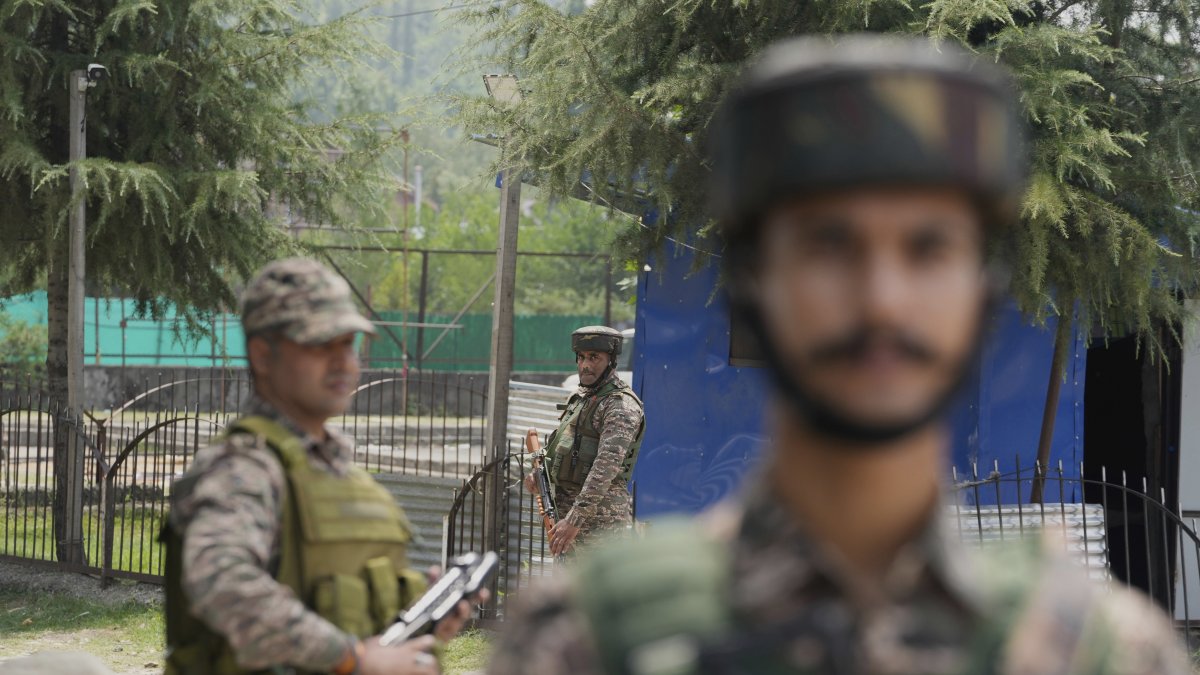


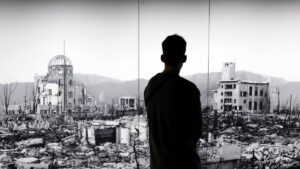
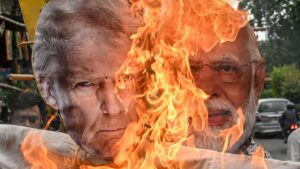


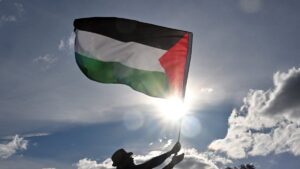
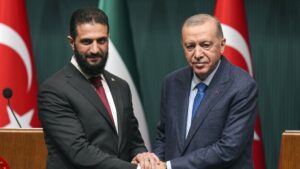



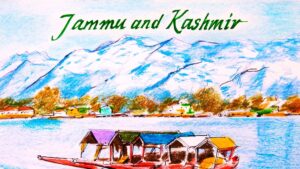

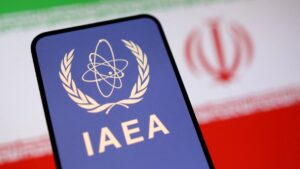
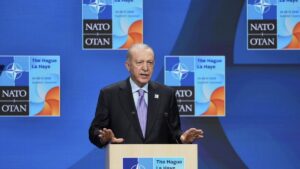


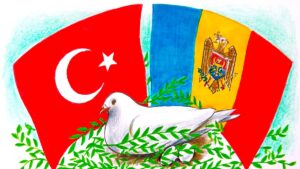


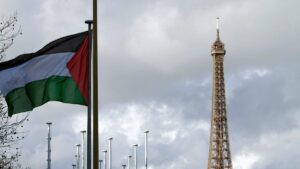

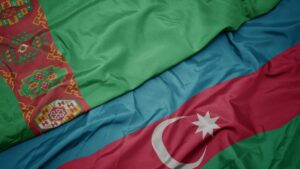
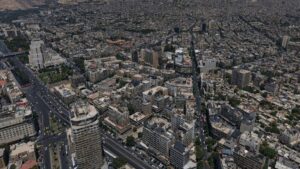



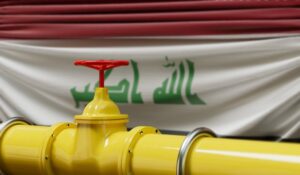
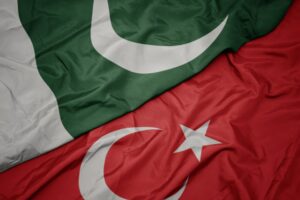
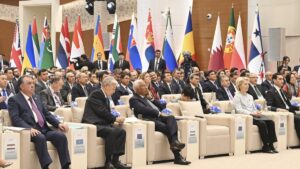
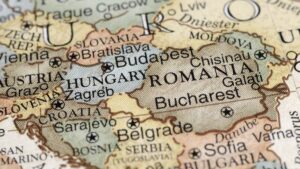





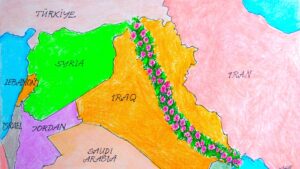
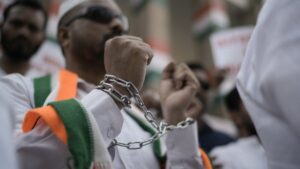

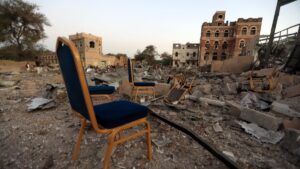
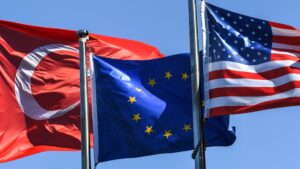
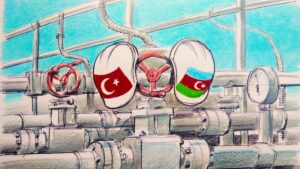



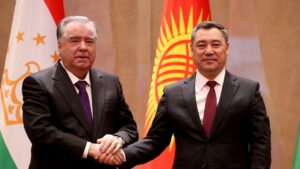
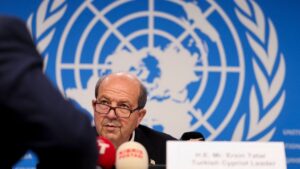
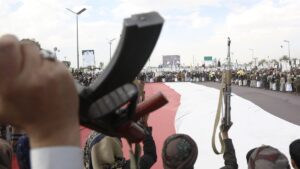
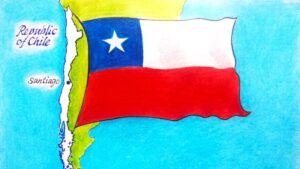

Be First to Comment